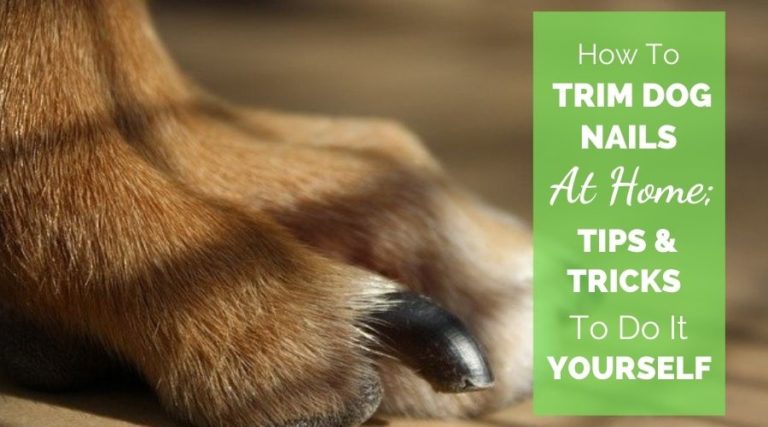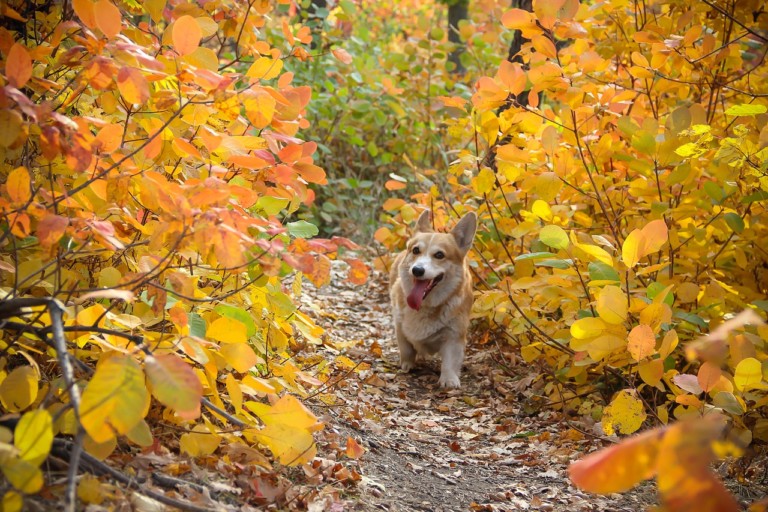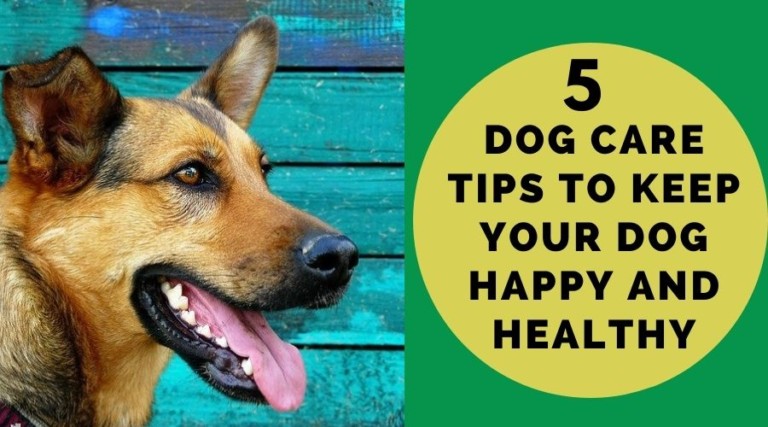{This post may contain affiliate links. This means we may make a small commission at no extra cost to you. This website is a participant in the Amazon Services LLC Associates Program. As an Amazon Associate we earn from qualifying purchases. We only recommend products that we believe will be of value to our followers. Click HERE to see our disclosure for details.}
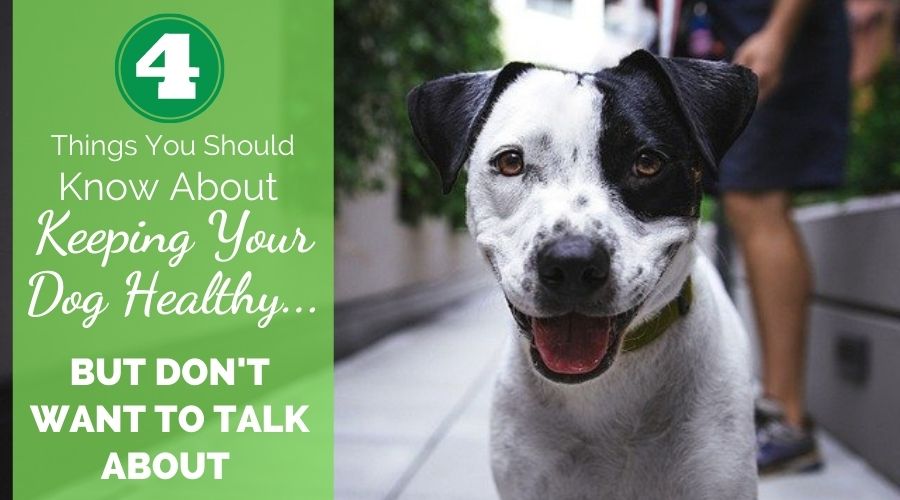
When you decided to get a dog, I’ll bet you daydreamed about the great times you’d have with your new best friend. However, there are many things that you need to consider for keeping your dog healthy. Things that perhaps you’d rather not even think about! Even though these 4 things are not pleasant to talk about or even think about, they are important to know for the health and well being of your dog.
1. Urine Samples
When you go to the veterinarian he may ask you to bring along a urine sample from your dog. How do you do this? Your dog surely won’t be able to hit a sample bottle. The easiest way to accomplish this is to tape a polythene container to the end of a yard stick. While your dog is out doing his business, position the container underneath his urine stream. This is easier to do with male dogs than female dogs but you can usually get a sample with one or two tries.
Your veterinarian will want as fresh a sample as possible so if you won’t be taking the sample to the vet right away, keep it refrigerated until you bring it in. Your veterinarian will be checking the sample for a variety of things like bacteria and crystals. If bacteria is found it could mean that your dog has a urinary tract infection and will most likely require your dog to be put on a course of antibiotics. Crystals form in the urine whenever minerals bind together, there are several different kinds of crystals and these are most often treated with prescription diets.

2. Stool Samples
If your veterinarian asks for a stool sample it could mean that he suspects that intestinal parasites are bothering your dog. They can get these by eating fecal matter from another affected animal, carcasses, or other unsavory things. You will want to bring in a fresh sample. The doctor will examine it under the microscope and look for telltale eggs of parasites. Commonest parasites are roundworms, hookworms, whipworms, and tapeworms. Several of todays monthly heartworm medications also protect against roundworms and hookworms. If you live in the country or your dog is outside for much of the day, he may need to be treated with a tapeworm wormer on a quarterly basis. Other diseases like coccidia, can also be seen under the microscope from your dogs stool sample.
Click on the images below to check out our favorite dog training supplies on Amazon.



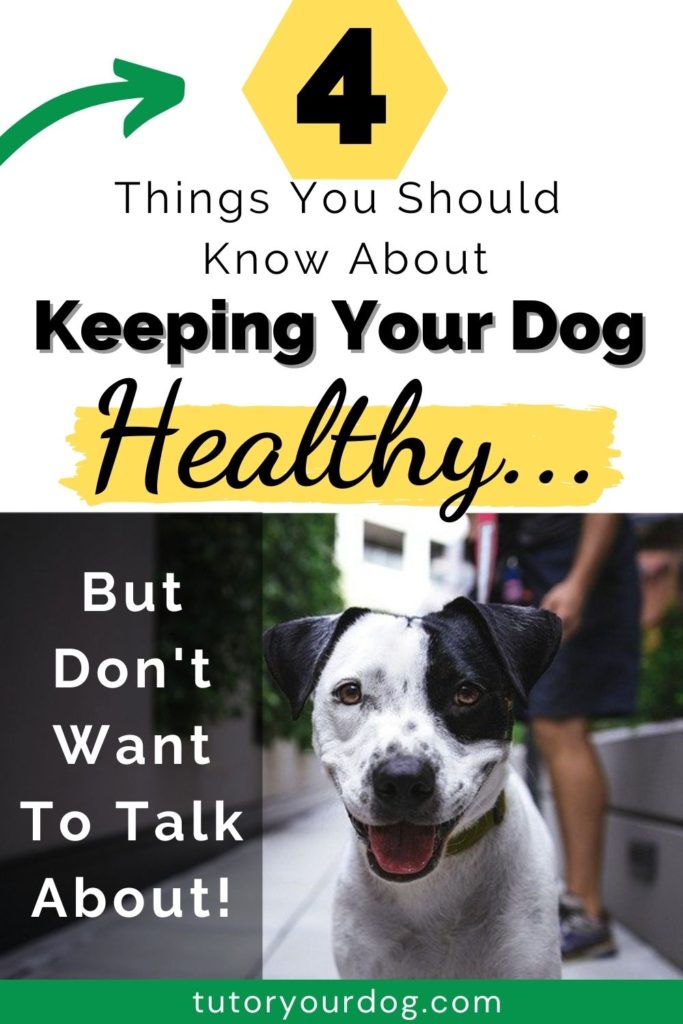
3. Anal Glands
What about anal glands? The anal glands are two small glands located just on the inside of your dogs anus that secrete a foul smelling liquid. Usually the glands will be emptied when your dog defecates. Unfortunately, in some dogs, the anal glands become impacted and do not empty properly. If your dog is urinating more than usual or licking his hind quarters more often, there may be a problem with his anal glands. In this case it’s important to make an appointment with your veterinarian who will check the anal glands by gloved touch. If the anal glands are full, he will be able to empty them manually. It is possible, however, to learn how to do this yourself at home. Some dogs require their anal glands be manually emptied regularly.
4. Mange
Occasionally in dogs, dandruff is just dandruff caused by skin allergies, nutritional deficiencies, or improper grooming. Sometimes, however, dandruff can be a sign of a parasite called mange of which there are a few different types:
a) Demodectic Mange
Demodectic Mange is caused by a mite which all dogs have but are rarely adversely affected by it. Sometimes however, there can be an overabundance of these mites which causes skin irritation and hair loss.
b) Sarcoptic Mange
Sarcoptic Mange (also known as scabies) is caused by another type of mite. A female mite buries herself in the dogs skin and lays her eggs there. When the eggs hatch, the cycle begins again. This causes severe skin irritation and hair loss in dogs but is easily treatable.
c) Cheyletiella Mange
Cheyletiella Mange is caused by a large mite that lives on the surface of the dogs skin. This infestation is also known as ‘walking dandruff’. This type of mange causes minor skin irritation but is easily treatable with topical medication.
Click on the images below to check out our favorite dog chew toys on Amazon.



So, now you can talk about those unpleasant things! It’s important that you are properly educated and can recognize signs and symptoms so that you keep your dog as healthy as he can be. Keeping your dog healthy is an important part of being a responsible dog owner. The more you learn about this, the better!
*Disclaimer: All information presented here is intended for entertainment purposes only. It is each dog owner’s responsibility to seek proper veterinarian care and advice for their dog. Always speak with your veterinarian when you suspect a problem with your dog’s health or before you try a new supplement or treatment. The author, publisher, and contributors accept no responsibility for such use.




